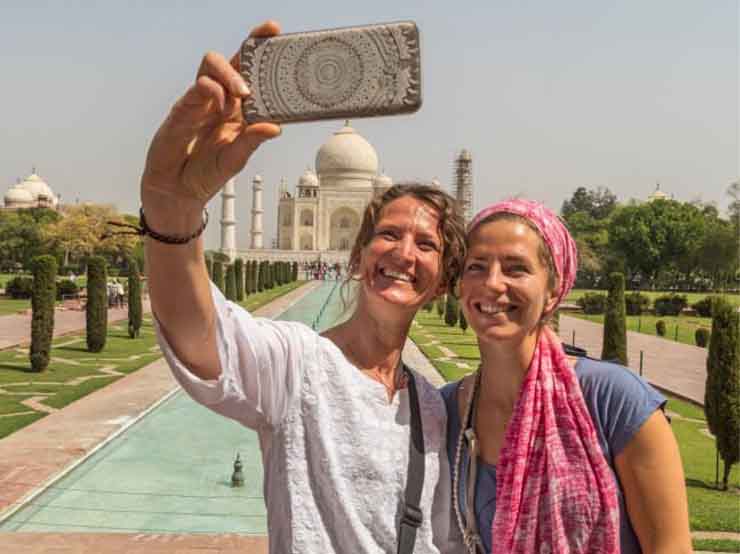The reign of Emperor Akbar (1556–1605) marked one of the most remarkable chapters in Indian history. Known not only for his military conquests and cultural patronage, Akbar’s legacy rests largely on his far-reaching administrative reforms. His governance transformed the Mughal Empire into a well-organized and prosperous state that later gave rise to architectural masterpieces such as the Taj Mahal, a symbol of the empire’s enduring grandeur.
Building a Centralized Empire
When Akbar ascended the throne at a young age, the Mughal Empire was still struggling to consolidate power across a vast and diverse territory. To strengthen his rule, Akbar established a highly centralized system of administration that balanced authority with efficiency.
At the heart of his governance was the central government, divided into key departments or Diwans. Each Diwan handled a specific area of governance, such as finance, military, justice, and religious affairs. This structure ensured accountability and minimized corruption—an impressive achievement for its time.
The Mansabdari System: Innovation in Military and Civil Administration
One of Akbar’s greatest administrative innovations was the Mansabdari system. Every officer in the empire, both military and civil, was ranked according to a numerical grade known as mansab. This rank determined their salary, responsibilities, and number of troops maintained under their command.
The system created a sense of order and meritocracy, reducing the influence of hereditary nobility and ensuring loyalty to the emperor. It also allowed Akbar to maintain a strong and disciplined army without losing control to regional warlords.
Land Revenue Reforms: The Todar Mal System
Another cornerstone of Akbar’s reforms was his land revenue policy, perfected by his finance minister Raja Todar Mal. The system assessed land based on its productivity, measured carefully, and taxed fairly according to average yields and prices over a 10-year period.
This Ain-i-Dahsala method ensured predictable revenue for the state while protecting farmers from exploitation. It also promoted agricultural growth and stability—key elements that sustained the Mughal economy for decades.
Religious Tolerance and Social Integration
Akbar’s rule was distinguished by his policy of religious tolerance and social harmony. Through initiatives like the abolition of the jizya tax on non-Muslims and the establishment of the Din-i-Ilahi, a syncretic faith promoting ethical living, Akbar encouraged unity among diverse religious communities.
His court became a vibrant center of dialogue, welcoming scholars, poets, and spiritual leaders from across the world. This inclusive philosophy later inspired the construction of the Taj Mahal under his grandson, Shah Jahan—a monument that embodies the Mughal ideals of balance, beauty, and unity.
Legacy of Akbar’s Reforms
Akbar’s administrative reforms laid the foundation for what is often called the Golden Age of the Mughals. His emphasis on efficiency, fairness, and cultural inclusiveness helped India flourish as a center of art, architecture, and trade.
Today, the Taj Mahal stands not just as a symbol of love but also as a reflection of the strong and visionary governance initiated by Akbar. The order, discipline, and prosperity he established made such monumental achievements possible.
Visit the Taj Mahal – Witness the Legacy of the Mughal Empire
To truly appreciate the brilliance of Akbar’s administrative vision and its lasting impact on Mughal architecture, a visit to the Taj Mahal is essential. Standing gracefully on the banks of the Yamuna River, it represents centuries of cultural refinement and administrative excellence.
Plan your visit easily at Ticketstajmahal.com — your trusted partner for booking Taj Mahal entry tickets online. Skip the queues, explore special guided tour options, and step into the world that Akbar helped build — a world of harmony, grandeur, and timeless beauty.










Comment (0)